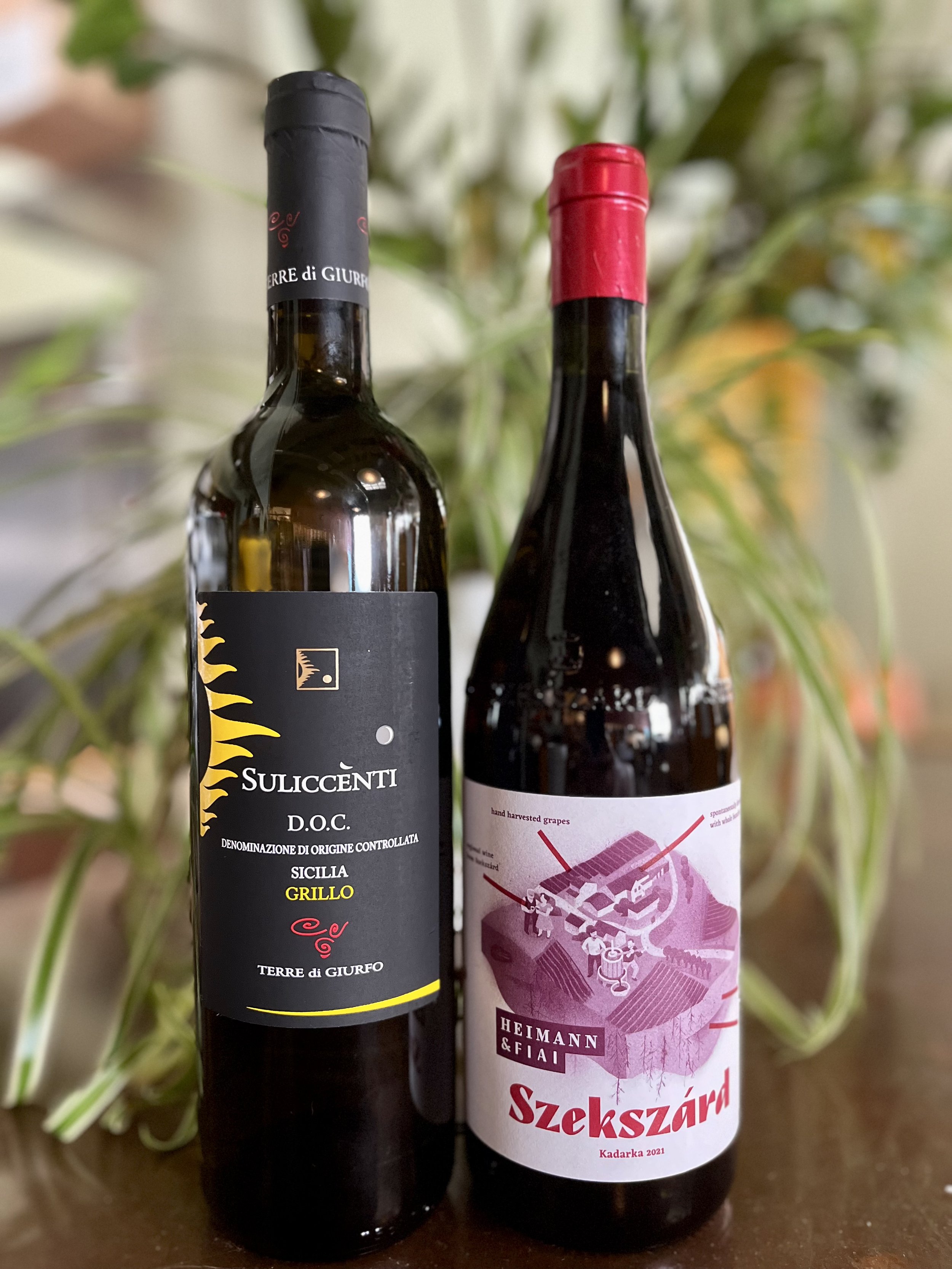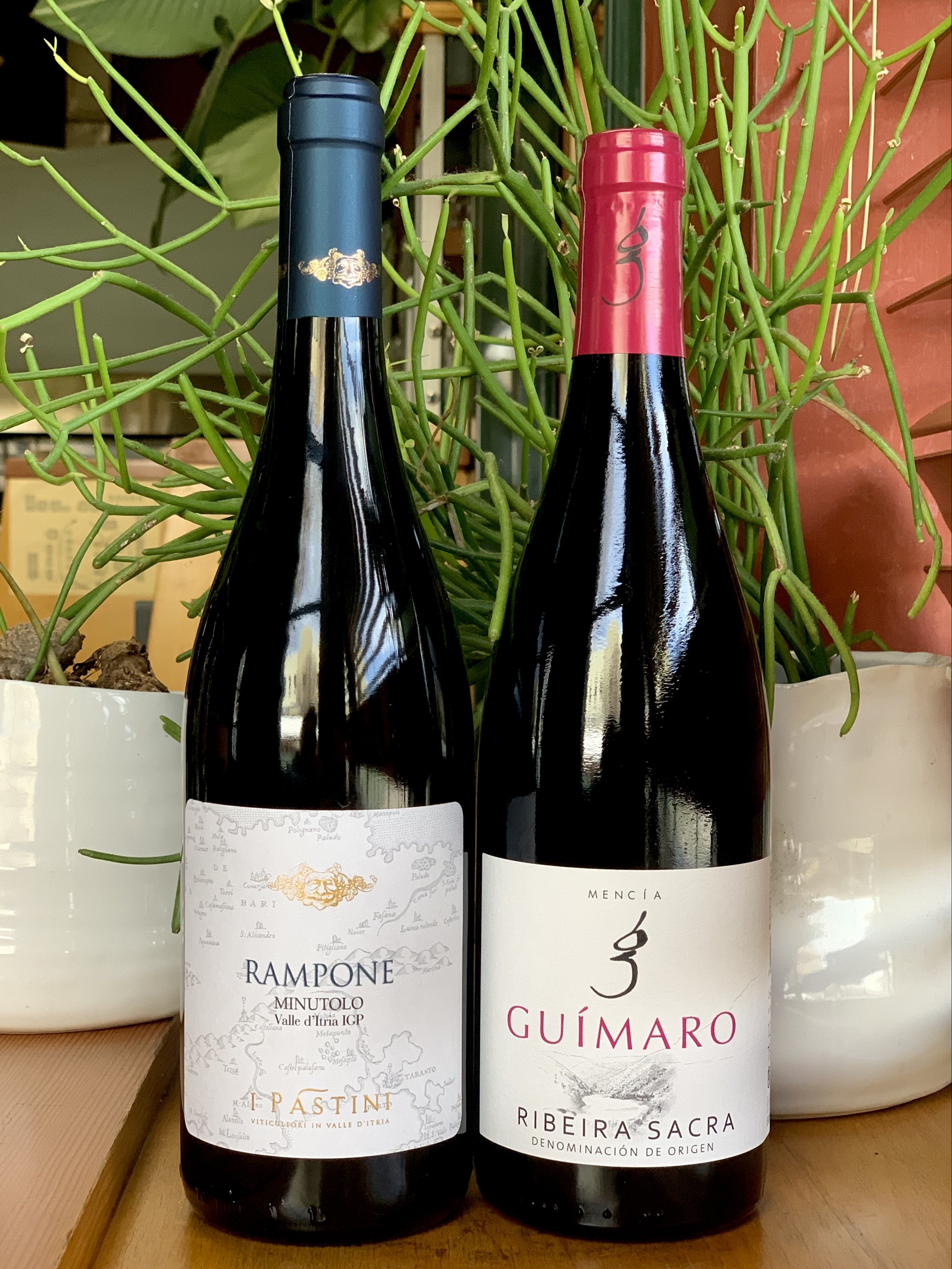2019 Ravines dry riesling - Finger Lakes, new york
riesling
Winemaking details: The Ravines 2019 Dry Riesling comes from a mixture of three different vineyards (average age of vines is 15-20 years) White Springs (46%), 16 Falls (51%), and Keuka Lake (3%), all of which are estate vineyards for Ravines. Hand harvested grapes from both 16 Falls and Keuka Lake vineyards were whole cluster pressed. The smaller machine harvested fraction from the White Springs vineyard was given skin contact in tank-press prior to pressing. All components were fermented at low temps. (54 - 60 F) in temperature controlled stainless steel tanks. After racking, components were aged on lighter lees until May and the wine was bottled in July 2020.
Color: Medium Straw
Bouquet: White flowers, green apple, pear, lime oil, pineapple, fresh thyme.
Palate: Bright acidity with a lingering mineral finish. Dry with notes of tart green apple and citrus. We recommend enjoying with spring vegetable pasta, grilled Mount Lassen trout, or Pad Thai to name a few options!
Drink now, or within the next 15-20 years.
Further information can be found here: Ravines Wines
2020 Ravines cabernet franc - finger lakes, new york
cabernet franc
Winemaking details: 100% Cabernet Franc from two estate vineyards on Seneca Lake, Finger Lakes AVA, NY: White Springs Vineyard (61%), 16 Falls Vineyard (39%). Fairly mild winter with little vine damage. Exceptional growing season (one of the best, if not the best in last 20 years) with ideal dry and warm conditions from fruit set through harvest. All lots were destemmed into open-top, stainless steel fermenters. Extended skin-contact of 3-4 weeks with manual punch-downs and pump-overs. Bottled in January 2022 after 13 months in 5-year-old, 2000 liter Austrian Oak casks.
Color: Medium ruby
Bouquet: Red plum, currant, black cherry, crushed stone.
Palate: This wine features a medium body with lively acidity, medium soft tannins and round mouthfeel. The wines ripe fruit is balanced with notes of oak, leather, earth and pepper. As a very classic representation of the Cab Franc varietal, this middle-of-the-road red can be enjoyed by Pinot and Cab drinkers alike. Pair with smoky barbeque, burgers, hearty vegetables or tomato-based pastas and dishes.
Enjoy now, or drink within the next 10-15 years.
Further information can be found here: Ravines Wines









